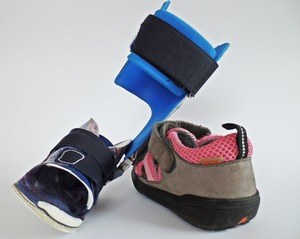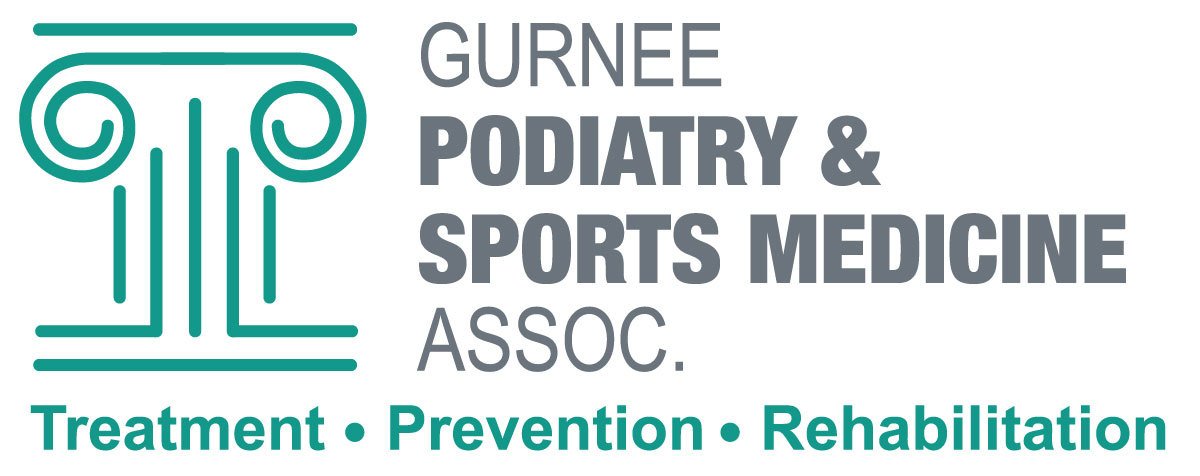What Is Hammer Toe?
Hammer toe (sometimes written as hammertoe) is a deformity of the second, third, or fourth toes, causing the toe to resemble a hammer. A muscle imbalance causes the middle joint of the toe to bend downward. Hammer toe affects the middle joint, known as the proximal interphalangeal (PIP) joint. (All toes have three joints, except for the big toe, which has two joints.) Muscles, tendons, and ligaments that move and keep the PIP joint straight can become more off-balance with time, making treatment increasingly difficult as the ailment progresses.
Muscles that move the toe back and forth can weaken over time and limit the joint's mobility. The muscles on the bottom of the toe are the primary source of mobility issues in the joint. In some instances, those muscles can tighten, and the toe cannot straighten out at all.
Hammertoe Causes
Hammer toe has several possible causes, some of which are preventable.
- Shoes that are too tight around the toe box, especially high heels, can bend toes and cause muscle damage, leading to hammer toe and other foot problems.
- Injured toes are more likely to develop hammer toe. Broken, stubbed, or jammed toes can experience deformity and muscle weakness or muscle injury.
- Women are more likely to develop hammertoe.
- Genetics can play a part in the likelihood of developing hammer toe.
- Existing medical conditions like arthritis and diabetes increase the chances of developing foot ailments like hammer toe.
- Toe length can also play a factor. If your second toe is longer than your big toe, the second toe is more likely to be bent and develop hammer toe symptoms. It sticks out further and takes on more pressure, so the big toe can't protect it that much.
Additionally, the chance of developing this condition increases with age.
What Are the Symptoms of Hammertoes?
While the main symptom of hammer toe is quite visible, there are other indicators of this condition. In addition to a bent toe, you may experience:
- Pain, especially during movement.
- Corns, calluses, or sores.
- Swelling, a burning sensation, or redness in the joint.
- The inability to straighten your toe.
Doctors inspect your foot and analyze the mobility of the joint and its symptoms. If you need further examination, your doctor will send you in for X-rays. If sores develop on your toe, they need attention, especially if they are accompanied by redness and swelling or connected to a fever. If you have diabetes or lose feeling in your feet (a condition known as neuropathy), you may need further testing to investigate a neurological cause of the imbalance of tendons.
Hammer Toe Treatments - Exercises, Surgery, & More
Prompt diagnosis and treatment are required for hammertoe because it will get worse over time.
If you would like to receive hammer toe treatment without surgery, the first thing you should do is to wear proper shoes. Proper-fitting shoes won't place unnecessary pressure on the toes, and they have extra space in the toe box.
In mild cases, your toe will retain movement and you can recover by:
- Doing hammer toe exercises like picking up small objects with your toes.
- Stretching your toes out based on your doctor's orders.
- Receiving cortisone injections to reduce pain.
- Using special equipment like inserts, foot straps, and pads.
Follow prescribed treatment and let your doctor know if the affected toe or toes don't improve or if the symptoms get worse. Delaying hammer toe treatment increases the chances of immobility of the joint, and you will need corrective surgery.

What Happens During Corrective Surgery?
You will need corrective surgery if your toe joint won't move. The goal of surgery is to restore your toe or toes to their proper position, with tendon or bone work done on an outpatient basis. The area is typically numbed for the procedures, which have a recovery time of about four to six weeks. You can resume activities with limitations during the recovery process. Healed toes may be slightly shorter or longer after the surgery.
Surgeries vary on the underlying condition of the toe and include:
- Arthroplasty. During this procedure, doctors will remove half of the PIP joint to restore its alignment.
- Arthrodesis. Doctors remove the joint, fuse the toe bones, and insert a pin during the healing process.
- Tendon transfer. Doctors transfer tendons from the bottom to the top of the toe.
- Basal phalangectomy. To remedy severe joint stiffness, doctors will remove the base of the bone under the toe.
- Weil osteotomy. Using surgical hardware, doctors shorten the metatarsal bone.
Your healthcare provider may also lengthen the tendons during surgery if you still have some joint mobility. This procedure helps balance out the muscles and allows the PIP joint to move freely and stay straight.
How Do You Prevent a Reoccurrence of Hammer Toe?
The best way for you to prevent hammer toe from occurring or returning is to wear proper footwear with sufficient room for your toes, low heels, adjustability for a comfortable fit, and good support of the arches. You should also follow prescribed hammer toe exercises and use recommended accessories. The long-term outlook is good if you follow all recommended prevention methods.
If you have hammer toe symptoms, it's best to have your foot checked out by a specialist and explore treatment options. As with most medical issues, early detection and treatment help keep symptoms from getting worse and requiring a higher degree of care. A specialist will find the best way for you to get back on your feet and prevent hammer toe symptoms from slowing you down again.
If you or a loved one suffer from hammer toe or any other foot ailment, contact Dr. Schoene at Gurnee Podiatry and Sports Medicine Association. You can reach us via our online contact form. You can also call our Chicago office at 312-642-6020 or our Park City office at 847-263-6073.
